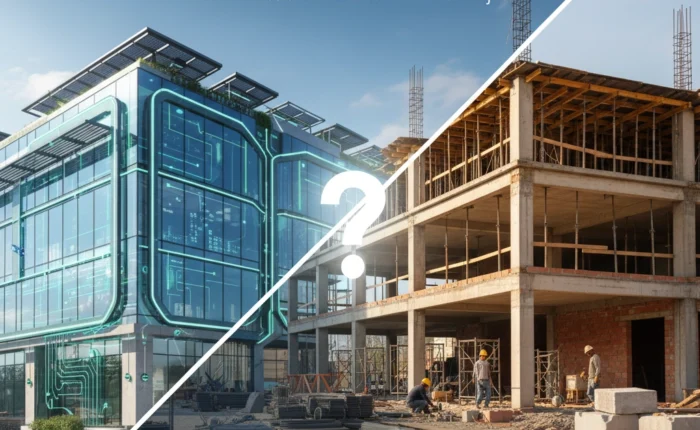In the world of architecture, where creativity knows no bounds, high-end architecture stands as a testament to human innovation, creativity, and the relentless pursuit of beauty. It is a realm where buildings are not just structures; they are works of art, expressions of culture, and symbols of opulence. In this blog, we will embark on a journey through the fascinating world of high-end architecture, where every curve, every material, and every detail is carefully curated to create breathtaking masterpieces.
Defining High-End Architecture
High-end architecture, also known as luxury architecture, is the pinnacle of the architectural world. It encompasses a diverse range of projects, from luxurious homes and opulent resorts to iconic skyscrapers and grand museums. What sets high-end architecture apart is its unwavering commitment to excellence, attention to detail, and the use of the finest materials and technologies available.
The Marriage of Art and Functionality
At the heart of high-end architecture is the seamless integration of art and functionality. These buildings are not only visually stunning but also designed with a purpose. They prioritize the comfort and well-being of their occupants while offering an aesthetic experience that transcends the ordinary.
One of the most iconic examples of this fusion is the Sydney Opera House. Designed by the Danish architect Jørn Utzon, this UNESCO World Heritage-listed structure is not just an opera house; it’s a sculptural masterpiece that graces the Sydney Harbor. Its distinctive shell-like roofs are not only visually striking but also acoustically perfect, making it a marvel of both form and function.
Materials and Craftsmanship
High-end architecture often relies on the use of exquisite materials and meticulous craftsmanship. From the marble-clad interiors of luxury residences to the gleaming glass facades of corporate skyscrapers, every material is chosen with care to elevate the building’s aesthetic and structural integrity.
For example, the Burj Khalifa in Dubai, the world’s tallest building, features a stunning combination of glass, steel, and concrete. Its shimmering exterior reflects the changing desert light, creating a mesmerizing visual effect. Such attention to materials and craftsmanship is a hallmark of high-end architecture.
Sustainability and Innovation
In recent years, high-end architecture has embraced sustainability and innovation. Leading architects are incorporating eco-friendly technologies, green roofs, and energy-efficient systems into their designs. This not only reduces the environmental footprint of these buildings but also adds an element of responsibility to their opulence.
An excellent example of this is The Edge in Amsterdam, often called the greenest office building in the world. It features solar panels, rainwater harvesting, and a smart lighting system that adjusts to natural light levels, making it a model of sustainable luxury.
Iconic Landmarks
Many high-end architectural projects become iconic landmarks in their respective cities. They define skylines, attract tourists, and serve as symbols of prestige. The Guggenheim Museum in Bilbao, designed by Frank Gehry, is a prime example. Its avant-garde, titanium-clad design has transformed the city into a global cultural destination.
Conclusion
High-end architecture is a world where imagination knows no limits. It celebrates the fusion of art and functionality, the use of exquisite materials, and a commitment to sustainability. These architectural masterpieces not only enrich our cities but also inspire awe and wonder in all who encounter them. They remind us that in the world of design, beauty is boundless, and innovation is infinite.



